Key Takeaways
- Block glare effectively: Install blackout curtains or shades to control sunlight and eliminate screen reflections during viewing.
- Rearrange your space: Float your couch closer to the TV to create better viewing angles and define your living area.
- Use smart mounting: Choose swivel mounts, minimalist stands, or projector screens to blend your TV naturally with the window.
Introduction
Placing a TV in front of a window presents design challenges, but thoughtful planning makes this arrangement work perfectly. This setup transforms into a stylish focal point when you balance aesthetics with functionality.
Your television and window can coexist beautifully in the same space. The right techniques turn potential problems into design opportunities that enhance your room.
Use this guide to create a viewing area that works with your window instead of against it.
Is It OK to Put a TV in Front of a Window?
Yes, you can place your TV in front of a window with the right planning. The main challenge is dealing with sunlight coming through the window.
Light creates glare and reflections on your screen that make watching difficult. You'll need solutions to control this light for comfortable viewing.
Tips to Reduce the Heat and Screen Glare Issues
Creating a good viewing environment means controlling the light and glare from your window. These practical solutions will help you watch comfortably.
Place It in Front of Shady Windows
Choose a window that doesn't get direct sunlight all day. North-facing windows work best because they receive steady, indirect light.
Look at what's outside your window too. Trees or nearby buildings that cast shade make the spot better for your TV placement.
Use Curtains or Blinds During the Day
Install blackout curtains or shades to block incoming light completely. They eliminate glare when you need to watch during bright hours.
Layered window treatments offer greater flexibility for different times of day. Sheer curtains diffuse light during regular hours while blackout curtains create theater-like darkness for viewing.
Motorized smart blinds provide a convenient solution for managing light. Program them to close automatically when the TV powers on for seamless viewing experiences.
Move TV to the Corner
Place your TV stand diagonally in a corner near the window. This angle reduces how much direct light hits your screen.
Corner placement also creates a cozy viewing area. Plus, you free up your main wall for other furniture or decorations.
9 TV In Front of Window Ideas
Beyond managing glare, you need to blend your TV naturally into the windowed space. Float your sofa in the middle of the room to create separate living zones. This keeps your room feeling open and spacious.
Choose a Low TV Stand or Sideboard
Pick a console that sits lower than your window sill to preserve your outdoor view. Natural light can still flow into your room above the screen, keeping the space bright and open.
A long, low-profile media unit anchors your TV visually without completely blocking the window. This creates a balanced look that feels intentional.

Hide and Organize the Cables Neatly
Since people can see the back of your TV setup, keeping things tidy becomes essential. Bundle and hide wires using cord concealers, clips, or protective sleeves.
Look for TV stands with built-in cable management systems to make organization easier. These features keep everything neat without extra effort.
You can also place a large plant or decorative piece strategically to obscure any remaining cable mess. This turns a potential eyesore into an attractive part of your decor.

Utilize the Window Sill or Ledge
Your deep, sturdy window sill can potentially serve as a shelf for a small, lightweight TV. This eliminates the need for a separate stand and creates a clean, built-in appearance.
Before trying this approach, ensure your skills can safely support the TV's weight. Check that there's adequate ventilation to prevent overheating.

Mount TV On the Window
You can use specialized floor-to-ceiling tension mounts to position your TV directly in the window frame. A sturdy frame built around the window also works for this unconventional setup.
Standard wall mounts attach to the wall space between two windows or to the framing above. This keeps your floor completely clear.
Using a full-motion swivel mount gives you flexibility to pull the TV out and turn it away from the window. Adjust for glare and different seating arrangements throughout the day.

Use a Popup or Hidden TV Cabinet
A motorized TV lift cabinet allows your television to disappear when not in use. The TV retracts into the furniture, leaving your window view completely unobstructed.
For a more flexible option, try a projector with a retractable screen. Pull it down in front of the window for viewing, then roll it up to enjoy your view.

Add Decorative Elements Around the TV
Balance the dark rectangle of your TV screen by placing decorative items on either side. This creates visual harmony and makes the setup look intentional.
Tall plants or ornamental grasses work particularly well for softening the tech look. They naturally mask wires while adding life to your space.
Symmetrically placed lamps or speakers on your TV console frame the television beautifully. This creates a more polished, designed appearance.

Corner TV Stand with Wheels
A mobile TV stand offers maximum flexibility for your changing needs. Roll your TV into a corner or different position as the sun moves throughout the day.
This solution works perfectly for multi-use spaces. Your room's function can change easily when you can move the TV anywhere.

Wooden Tripod TV Stand for Aesthetic Feeling
An easel or tripod-style TV stand provides a minimalist and artistic alternative to bulky media consoles. These pieces make your TV look like part of your decor rather than an afterthought.
These stands have a small footprint and block less of your precious window view. They complement various decor styles, from mid-century modern to industrial chic.

Open Shelf TV Stand for TV In Front Of Windows
An open-shelf console feels less heavy and obstructive than a solid cabinet. Light and air flow around your TV, maintaining the room's airy feeling.
This style provides space to display books and decorative items. Your TV blends naturally with its surroundings instead of dominating the window area.

Conclusion
Placing a TV in front of a window combines practical needs with thoughtful design. Window treatments and smart furniture placement solve the glare problem effectively.
Low-profile TV stands, tripod easels, swivel mounts, and hidden screens let your TV and windows work together. These creative solutions prove you can keep your view and your entertainment.
You don't have to choose between natural light and watching TV comfortably.
Related Reading:
Can You Put a Sideboard in Front of a Window?
12 Clever Small Living Room Ideas with TV
Where to Put Your TV in a Living Room with a Fireplace?

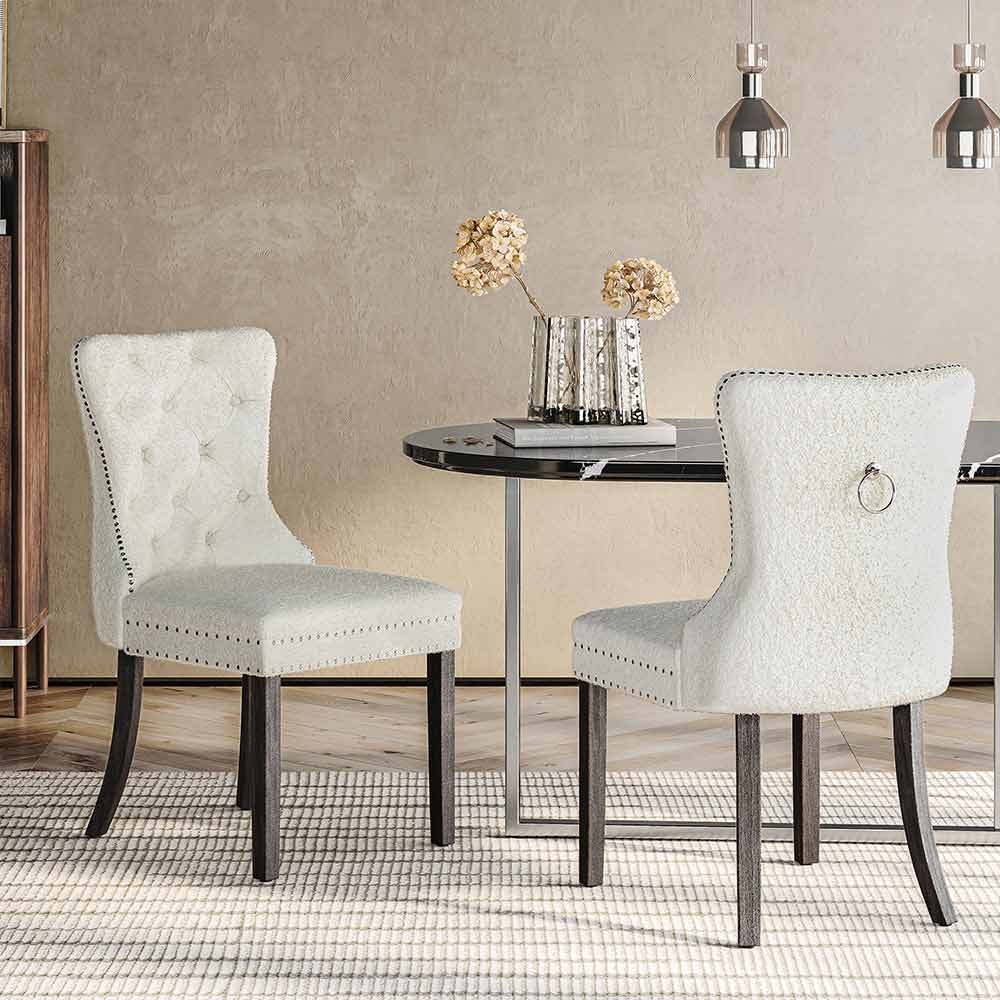


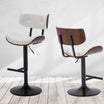




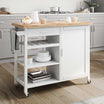

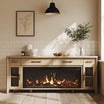
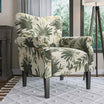
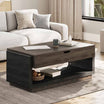




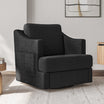




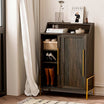




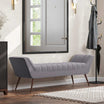
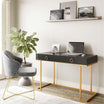

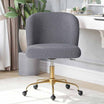



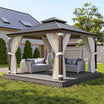
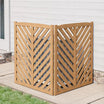
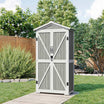
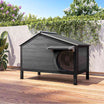

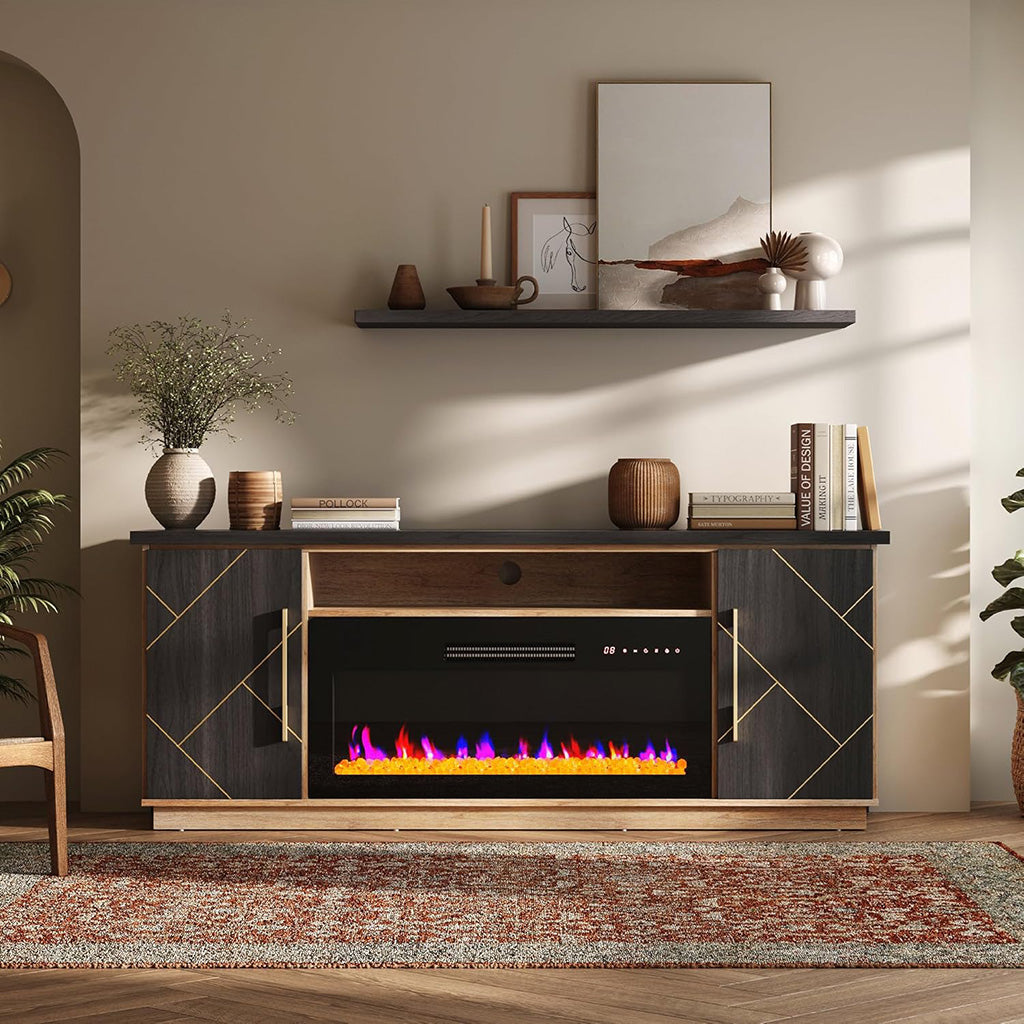
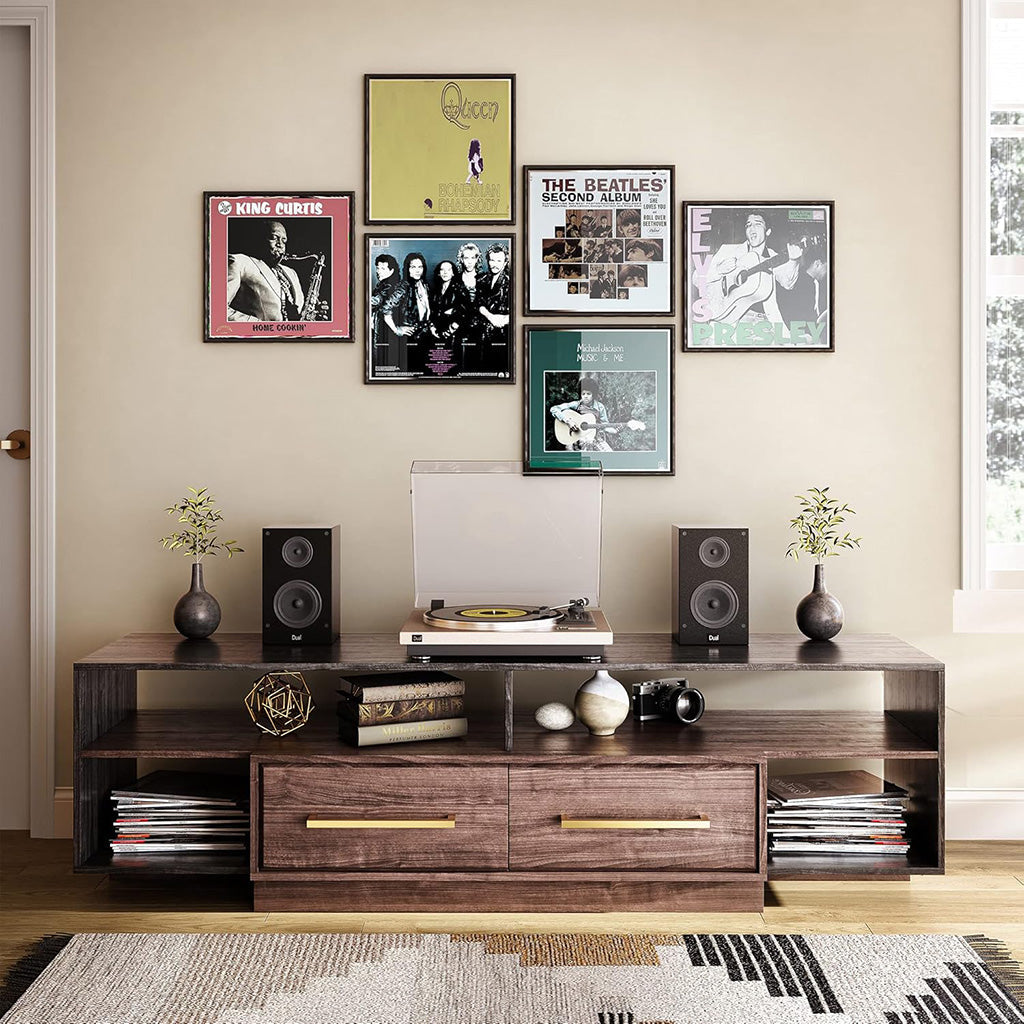
Leave a comment
This site is protected by hCaptcha and the hCaptcha Privacy Policy and Terms of Service apply.